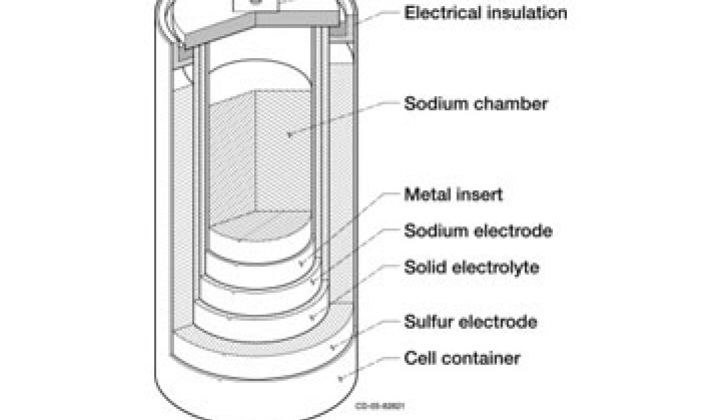In September of 2010, Greentech Media scored one of the first U.S. interviews with Claus Rubenius, CEO of the eponymous firm that was going to build the most massive electrochemical energy storage project in the world.
Rubenius was going to construct an "energy warehouse" of up to one gigawatt (or four to six gigawatt-hours) of NGK sodium sulfur batteries on 350 acres of land in Baja California to provide an energy storage resource to Southern California and Mexico. The cost for the project would be $4 billion over seven years. The Baja site was chosen because of its proximity to both the Baja California power grid and the U.S. grid, including the new Sunrise Power Grid expansion, according to the firm. Mr. Rubenius claimed to have already built one of the world's largest battery storage installations in the United Arab Emirates.
A spokesman for the Silicon Border Baja site said that there was an "agreement with one large utility for a portion of the first 50 megawatts."
A few months after the announcement, I checked in with Jacob Rikard Nielsen of Rubenius, and he said, "We are still in the development phase, but things are progressing. We should have some interesting stuff signed in the near future."
In September of the following year, I followed up with the CEO, who assured me that 1) the Baja, California project endorsed and authenticated by the President of Silicon Border, DJ Hill, is absolutely still going ahead, and 2) that a project of this scale does take time to come to fruition, and while parts of the project may be taking longer than anticipated, the endeavor is progressing well overall.
In November 2011, Rubenius was talking about additional large-scale sites in Mexico and South America, according to reports. The company will break ground in Mexicali this quarter, as per a recent IEEE Spectrum report.
An energy storage expert said that Rubenius had done little research on the California market before making announcements, that the project was on the wrong place on the grid, and the firm had little coordination with NGK.
And now, Greentech Media has just learned of layoffs at the firm. A source close to the company said that the firm was "letting go of people left and right."
In the United Arab Emirates, the Amplex Group (a Rubenius subsidiary) has installed and commissioned the largest energy storage system in the world -- 350 megawatts, according to Mr. Rubenius. (Here's a citation from NGK of shipments to that region in 2010.) Sodium sulfur (NaS) batteries are bankable and they work, although they are expensive and can catch fire. NGK is the world's only volume producer of the product.
Energy storage at the utility scale can serve different needs, including:
• Grid stabilization
• Frequency regulation
• Voltage support
• Power quality
• Load shifting
• Energy arbitrage
Rubenius seems focused on massive storage capacity for price-based and diurnal energy arbitrage. This is noble, but a little miscalculated. Emerging commercial energy storage applications from independent storage provider entities like AES are not focusing on energy services, but rather on power services such as frequency regulation and moderating renewable ramp-rates.
There is a path to market for these ancillary services, but that's not the case for the massive load shifting that Rubenius has in mind. Not yet.
That's if Rubenius is in fact a viable entity with a real business plan and a balance sheet to match.



